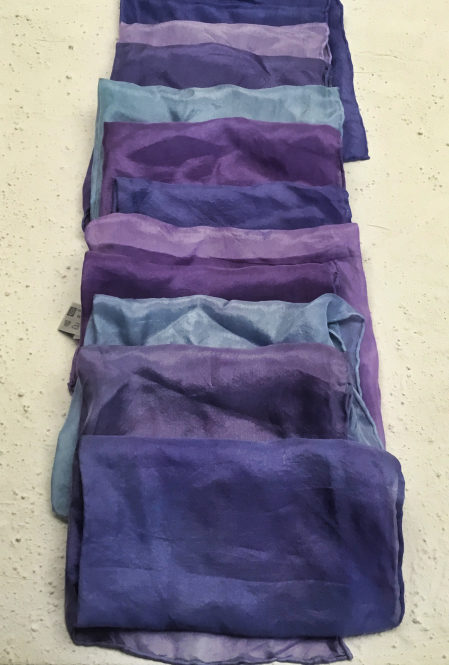

Thousands - approximately 10,000 or ( 54 kilograms (119 lb.) of these predatory sea snails are required to make diminishing quantities of Tyrian purple to produce 1 gram of the dye, making it impracticable, expensive, and environmentally unfriendly. In 301 CE, during the Roman Empire, one pound of Tyrian purple dye was priced at approximately three Troy pounds of gold, roughly $66,000 in today’s currency.Ĭurrent producers extract and harvest Tyrian purple from the murex shellfish in much the same way as the ancient Phoenicians. Tyrian purple was once worth more than its weight in gold for its prized deep rich purple. As with any biologically-sourced textile dye, this color-fast compound reduces pollution and carbon footprints when used as an alternative to petrochemically synthesized dyes commonly used in the textiles industry today.Īlso known as Phoenician purple, royal purple, imperial purple, or imperial dye, this rare dye dates back several millennia to the bronze age when the Phoenicians from Tyre, Lebanon, on the Levantine coast, produced it for the ancient Greeks, Persians, Byzantines, and the Roman empire to clad emperors and kings with luxury textiles.


09, 2023 (GLOBE NEWSWIRE) - Conagen announced the successful scale-up of its sustainable, cost-effective Tyrian purple, a historically coveted and expensive dye found in rare and limited sources in marine nature.Ĭonagen is the world's first and only biotechnology company commercializing a sustainable Tyrian purple by fermentation.


 0 kommentar(er)
0 kommentar(er)
